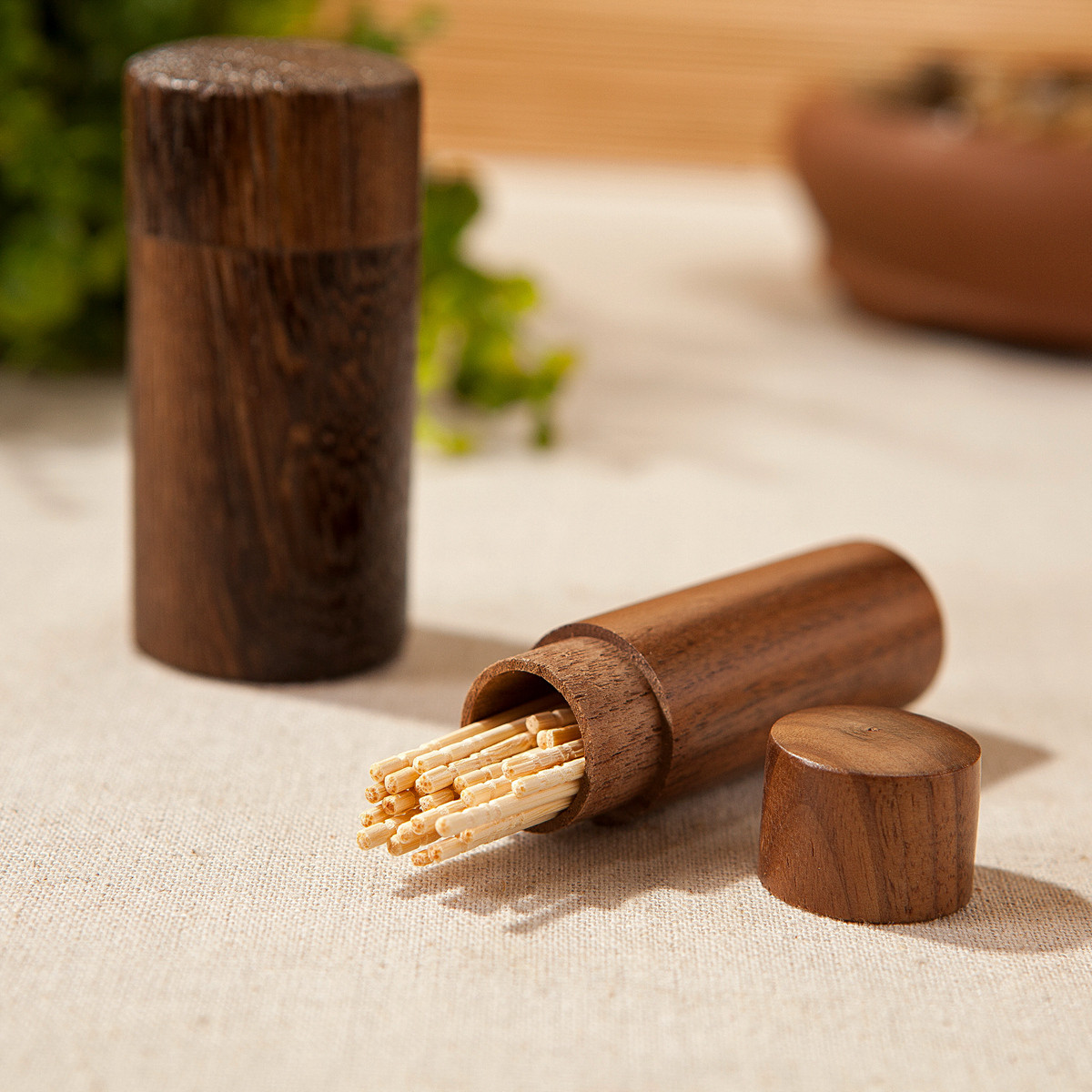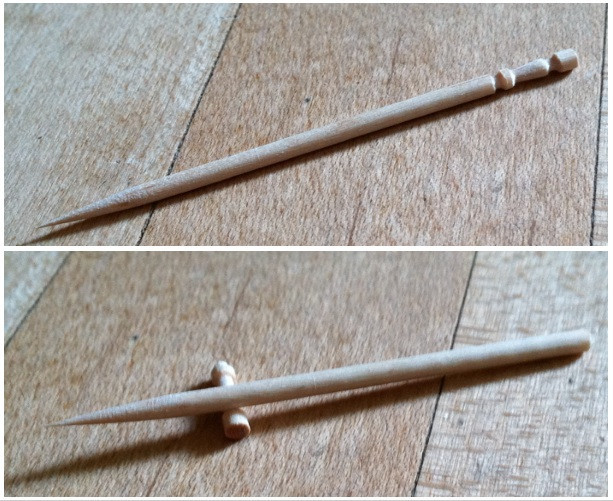Why did the Japanese use their toothpicks to break their tails?
Make sure after knowing the real reason for this tail-breaking action, you will admire the sophistication of Japanese people.
For Japanese people, the use of toothpicks to floss has become a beautiful culture, but only listening to many people is also intoxicating.
If you have known the politeness of Japanese people - even if men or women also go to the toilet to floss their teeth, you will feel even more subtly of the people here through their use of toothpicks!

Japanese.
Need to talk a little bit about the toothpick still used by Japanese people. Are you curious when there are a few small rounds of hair at each end of the toothpick? What do you think these rounds do?

What are these rounds?
When asked, probably not many people are assertive, it is for beauty only. But no, Japanese sophistication is not just that simple.
These small rounds at the end of the end will be broken by the user after use.
This is like a signal for the latter to know that these toothpicks are already used. The part that avoids the risk of contagious diseases.

This small circle at the end of the toothpick will be broken by the user after use.
In addition, there are also opinions that, like chopsticks with small wooden pieces at the end, these small round toothpicks will help you put the tip of the toothpick up so as not to stain the part in use.
- Why don't humans have tails?
- Evidence shows that the ancients knew how to use toothpicks to
- It is difficult to explain who grows abnormal tails
- The salamander has 8 tails
- Discovered human beings once had two tails
- See masterpieces from 100 000 toothpicks built in 35 years
- Dinosaurs also wagged their tails when flirting with their partners
- Video: Abstract tail of Anacoda python on the river
- Japanese scientists built a tail for humans
- The dinosaur tails remain intact in the amber mass of 99 million years
- 5 types of water you should drink after lunch break
- If you want to have beautiful teeth, don't floss your teeth with teeth
 'Fine laughs' - Scary and painful torture in ancient times
'Fine laughs' - Scary and painful torture in ancient times The sequence of numbers 142857 of the Egyptian pyramids is known as the strangest number in the world - Why?
The sequence of numbers 142857 of the Egyptian pyramids is known as the strangest number in the world - Why? History of the iron
History of the iron What is alum?
What is alum?